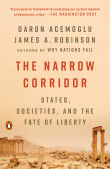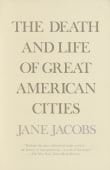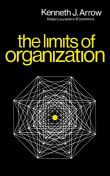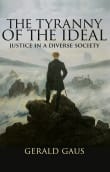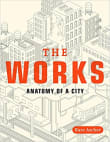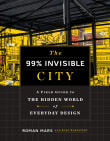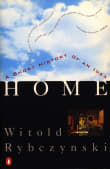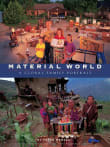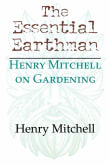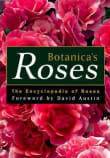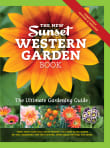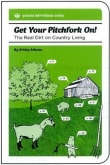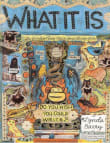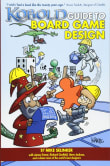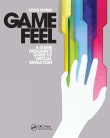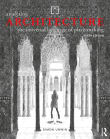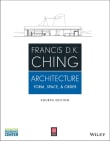A Pattern Language

Book description
You can use this book to design a house for yourself with your family; you can use it to work with your neighbors to improve your town and neighborhood; you can use it to design an office, or a workshop, or a public building. And you can use it to…
Why read it?
5 authors picked A Pattern Language as one of their favorite books. Why do they recommend it?

The first three books on my list concentrate on building form and space, with little about function.
The ‘pattern language’ is different, mapping human activities onto appropriate built forms, and advocating repeated patterns that have been found to work.
Christopher Alexander wants us to use the patterns in designing responses to situations, but they also help to judge how well-built spaces fit their contexts in analysing architecture.
Although Alexander maps activities onto his own preferred design style, the patterns are not inherently specific to any style or period of architecture.
Despite being written 50 years ago, this one-of-a-kind book is…
From Antony's list on analysing architecture.

Christopher Alexander was arguably the greatest genius of the twentieth century. This, his most famous book, is a guide to the way the human mind and body relate to the spaces around it. If you are making games that involve rooms, terrain, or locations, this book will provide a wealth of insights, especially if your games are social. Will Wright read this book, and it inspired him to create Sim City. I read it and suddenly understood how to layout Toontown. What will happen when you read it?
From Jesse's list on for game designers.

This comprehensive book about architecture gets at the heart of the garden we live in, the environment where we reside. Each short section on topics as diverse as “Shopping Street,” “Entrance Transition,” “Tree Places,” or “Pools of Light” directs to related sections where you’ll find guidance about how to build or at least encourage a world that works for people, a world that feels right, a world we belong in, and one that feels like home. This world necessarily includes shared public and private spaces, work, light through windows, views, fruit trees, and a place for an old person to…
From Ann's list on garden books to revisit again and again.

This 45-year-old classic examines public and private spaces—why some attract us, while others repel us—and is as fresh and eye-opening as if it were written today. Alexander starts with the big picture explicating how we shape our surroundings and they, in turn, shape us. He marches us through shopping areas, workspaces, bedrooms, child caves, kitchens, and public squares pointing out why some elements feel so right, while others feel so wrong; he puts into words things we often feel only in our gut. His concrete suggestions are a breath of fresh air. Takeaway to ponder: Communities function best when…
From Spike's list on understanding the world outside your front door.

A Pattern Language provides formalism, philosophical depth, and architectural detail to the question of how features or attributes of spaces make people and communities feel alive. Alexander and colleagues describe two hundred and fifty-three numbered patterns supported by provocative drawings and gorgeous photographs. The patterns form a language to build living buildings and cities. Neighborhoods that team with life tend to include street cafes (pattern #88), small public squares (pattern #61), and the occasional carnival (pattern #58). As does Jacobs, Alexander and colleagues emphasize human scaling while adding in the need to balance order and beauty with evidence of human…
From Scott's list on for aspiring or inspiring social scientist.
Want books like A Pattern Language?
Our community of 12,000+ authors has personally recommended 100 books like A Pattern Language.
